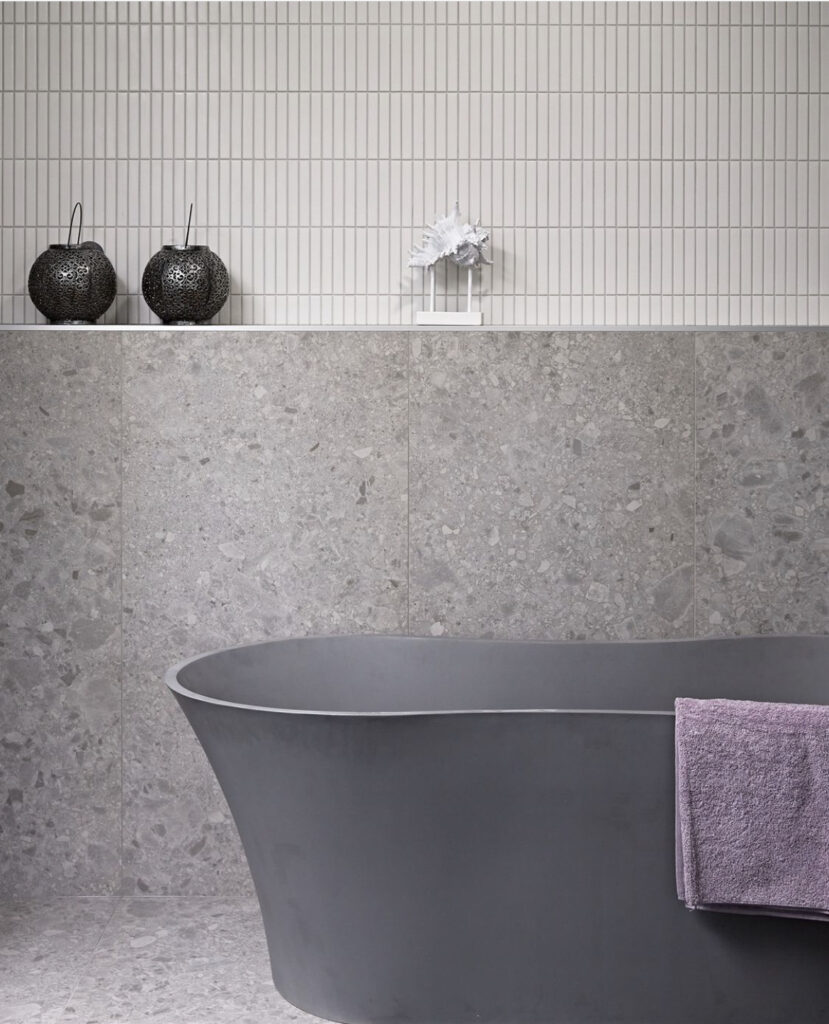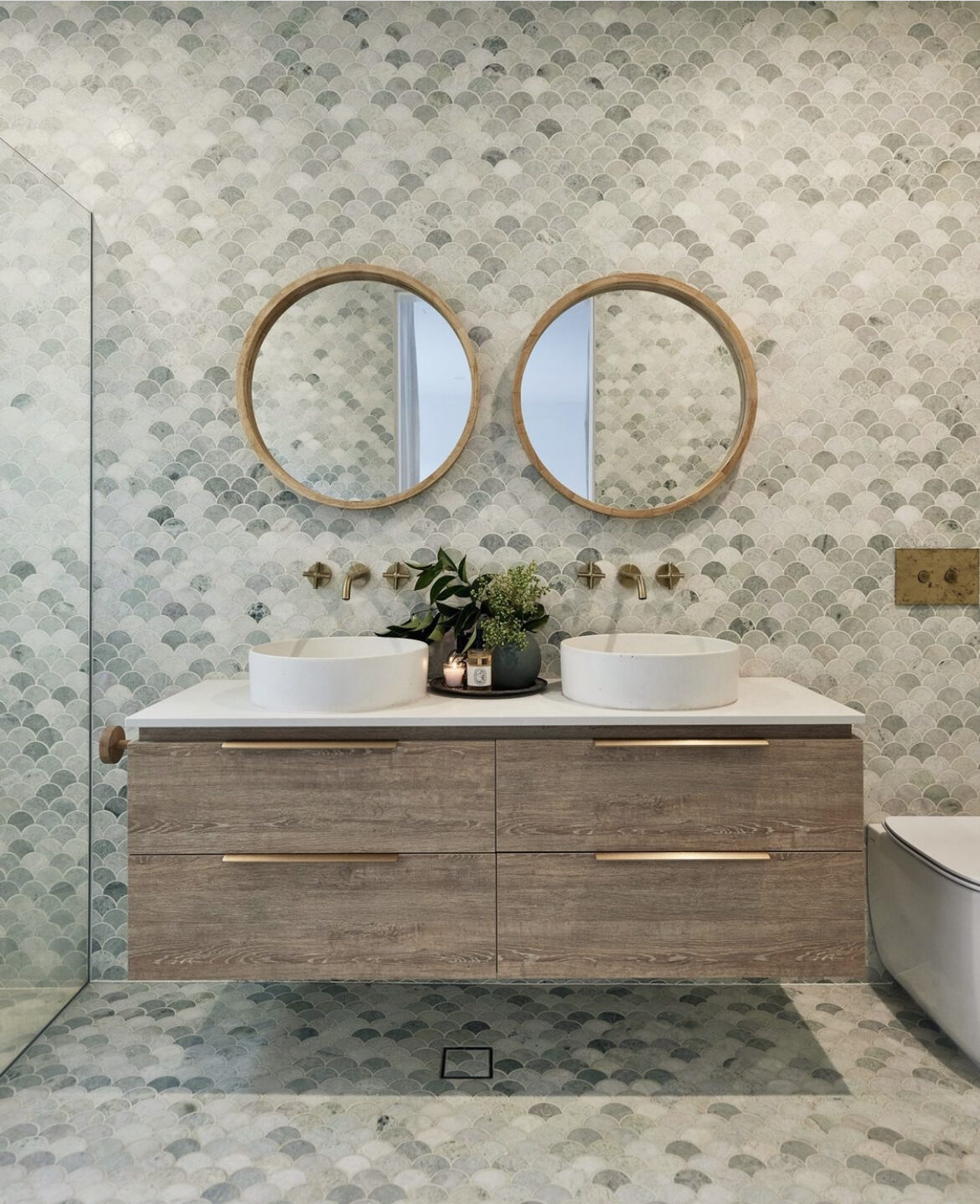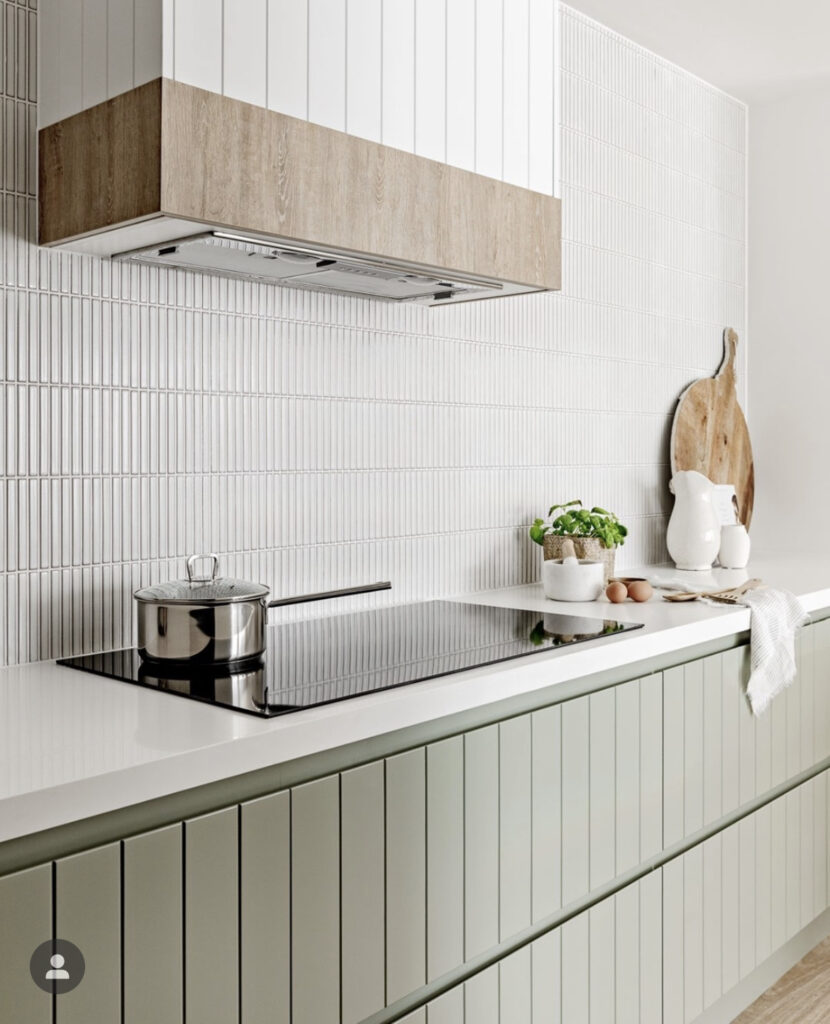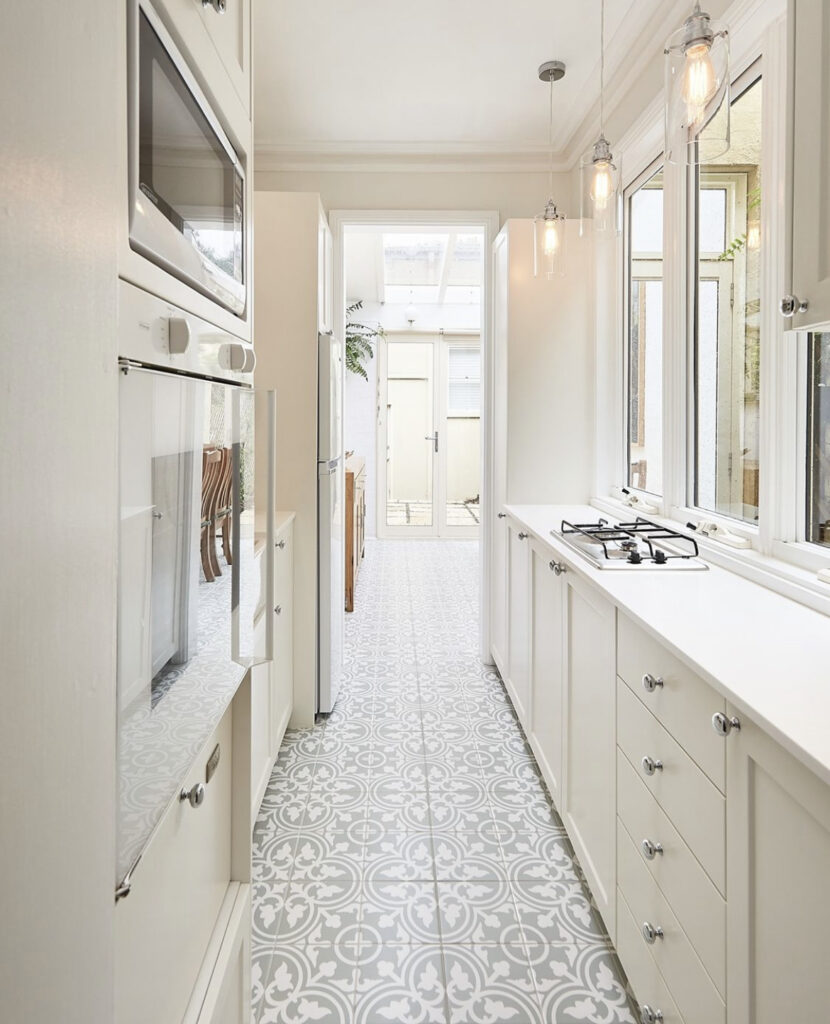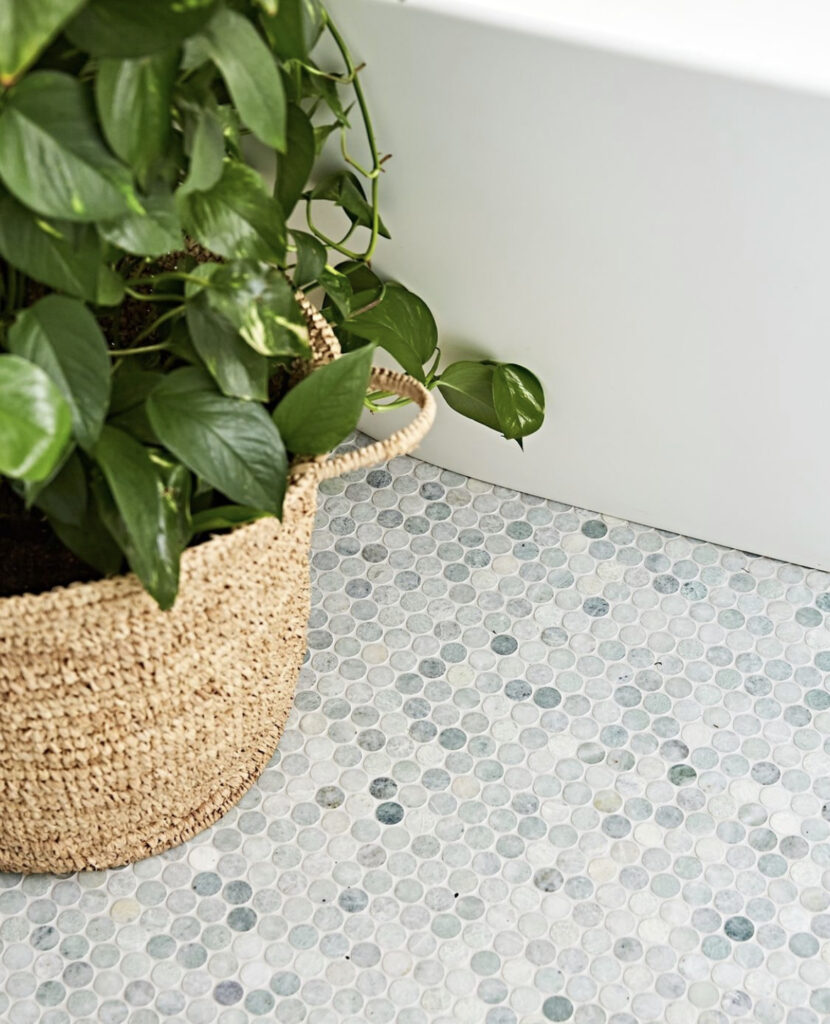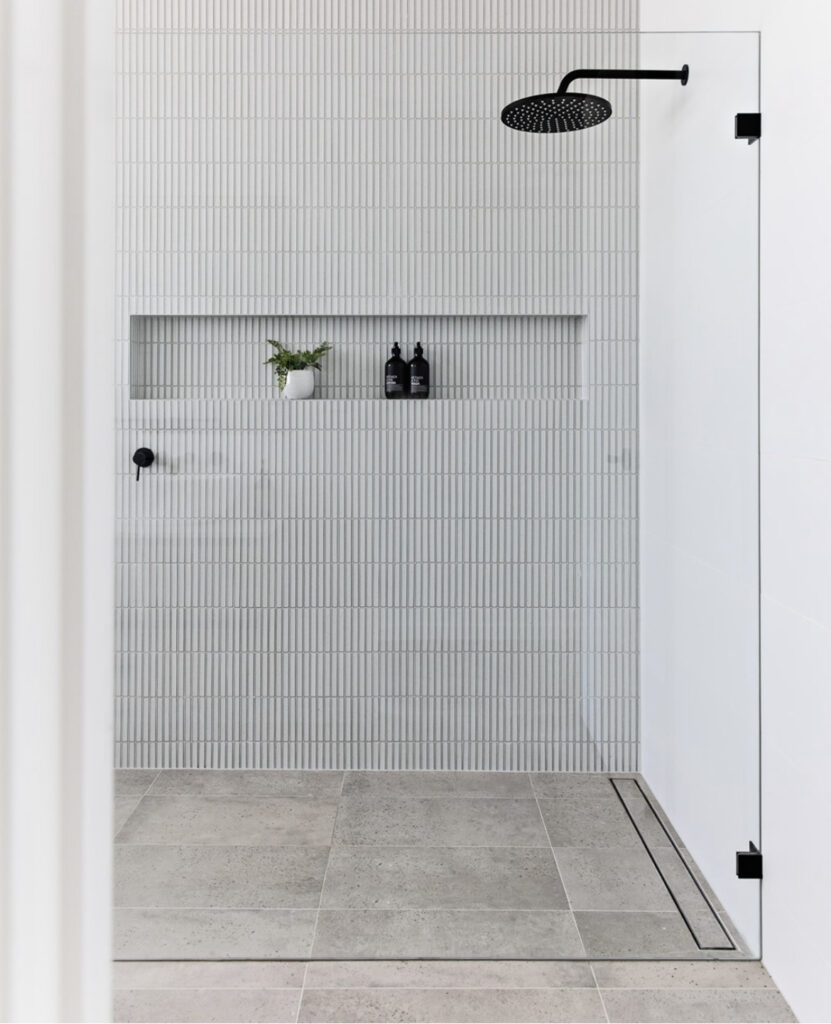Frequently Asked Questions
See our most frequently asked Questions
Delivery & Installation
ColorTile extensive delivery options
Returns & Refund Policy
ColorTile Return & Refund Policy
Popular FAQs
Can I use wall tiles on the floor?
How much wastage should I include when ordering tiles?
How do I calculate how many tiles I need?
How can I level my uneven floor?
Are tiles waterproof? How do I choose the right tiles for wet areas?
What can I use to seal a tile / grout joints?

